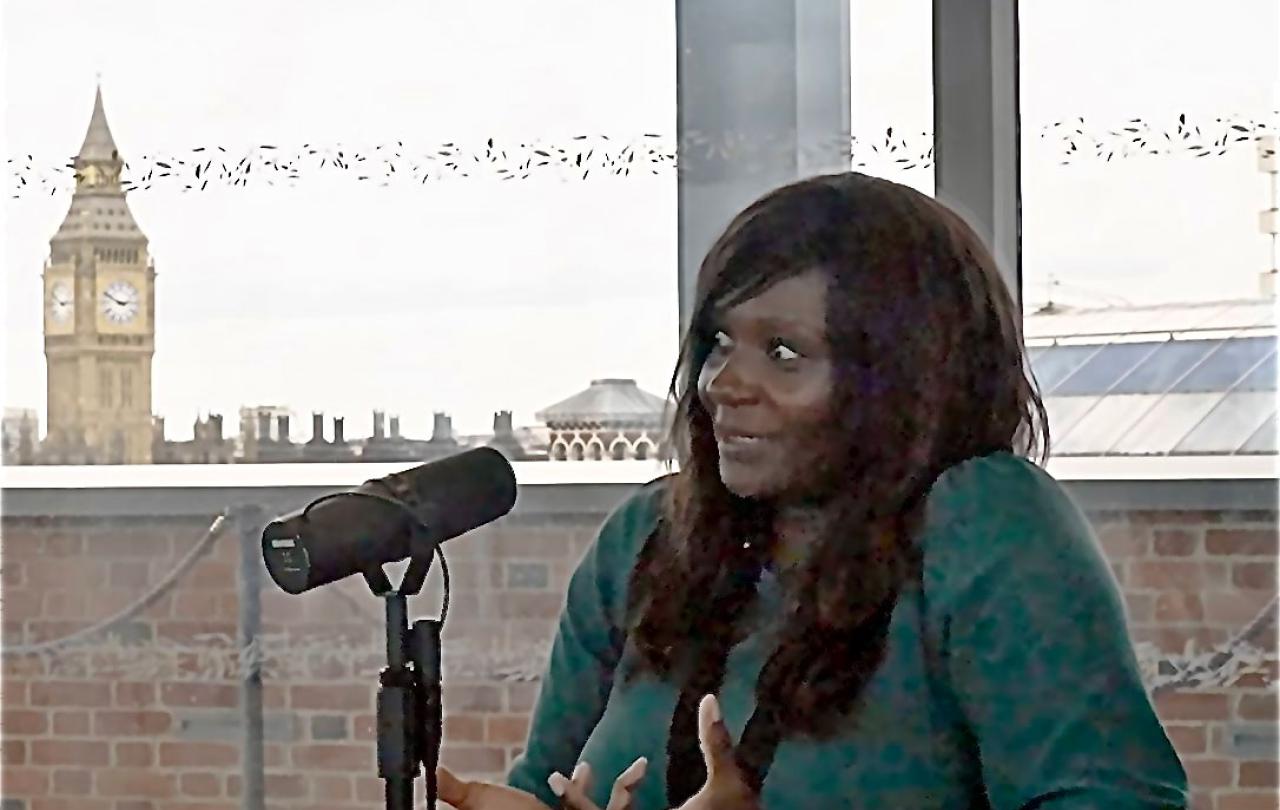Manchester is the place to be. So thinks fashion house Chanel. It recently hosted its renowned annual Métiers d’Art show in the British city, billing it as ‘one of the most effervescent cities of pop culture and an avant-garde one, whose bands, spanning all genres, have changed the history of music.’ So thinks the English National Opera, who have just announced that Manchester is to be its new home. And so, think the investors who have pumped £242mn into Aviva Studios, a stunning new arts centre, billed as the most important arts venue in the UK since London’s Tate Modern gallery.
Cultural mix
Having recently started as new bishop in the Diocese of Manchester, I feel like I’ve arrived at a time of exploding artistic vibrancy, with the city and region rising to new cultural heights. The mix is rich and potent, edgy and interesting, young and confident, strong and loud. And yet not far from the coolness and affluence it brings there are still many areas of urban dreariness and scruffy social housing, often linked with deprivation and deep poverty, telling a different story of those who feel they’re being left behind, deficient in ambition and lacking in hope. Manchester is a real cultural mix.
Despite these contrasts, you can’t ignore the fact that much of Manchester is humming. The symbol of the city, the ‘Manchester Bee,’ feels apt and has rightly been revived, for it represents hard-work and industry, something the area is becoming known for again. But it’s a new kind of industry. It’s not the hard factories of the cotton mills but the softer artistic endeavours that are reclaiming the spaces and setting the tone. Astute and celebrated, the Mayor of Manchester Andy Burnham recognises and champions this, declaring recently that it’s the creative industries that are now the fastest growing sector in the city.
As a newcomer to the region, I’ve been wondering what I should make of all this artistic entrepreneurship. Is it good? Is it important? Is it helpful? To help answer these questions I decided I needed to see what all the fuss was about and so I visited the newly opened Aviva Studios.
Nestling in the heart of the city, on a riverbank, the venue is located in the renovated Granada TV studios building and provides a vast space for creativity. It’s already the home of the Factory International music label and the Manchester International Festival. I was keen to understand the vision and understand why so much time and energy and money has been invested in such a space. I wanted to know if it really is a landmark space for contemporary arts in the UK, especially in the North of England, and whether I’d be back.
So, I visited on the first day of the venue’s official ‘Welcome’ to the general public. There’d been a series of soft launch events which included Free Your Mind, a large-scale, interactive hip-hop dance reimagining of The Matrix, directed by Oscar-winning film-maker Danny Boyle. But this was now ‘open to the world’ time. I turned up with grown-up members of my family who work in various creative sectors and who were keen to explore, aware that the warm-up events had already garnered great acclaim from The Times to Aesthetica magazine. We entered and took in the aroma of fresh coffee and the bustle of noise, as a small crowd of diverse ages gathered round a pop-up stage enjoying the creative reading of a children’s story. The foyer stage was transformed every hour into something new: first a space for musicians, then actors, then artists and dancers, all entertaining and encouraging participation. It was fun and vibrant, with an intriguing and inviting family-feel, drawing people in.
Connective art
Good art does that. It attracts. It reels you in, not just to observe, but to get involved. I experienced something of that as we stepped outside and enjoyed an installation called ‘Inside Out: This is Manchester’. It was a simple black and white portrait-display of two hundred Mancunians. The large photos were set out in a group on a concrete floor, creating what looked rather like a giant board game. The idea was you walked over them, standing on them, in and among them. So, into the photos I walked, and to my surprise I soon discovered the experience to be visually arresting and intriguingly immersive. After a few minutes of wandering among the faces I stood to one side for a breather. I asked my family which face they found most interesting, and I pointed out the one that had stood out for me. At that very moment, I noticed that a woman walking among the pictures had stopped at the one I’d chosen and was crouching down. As I looked again, she appeared rather like the woman in the photo. ‘Hi. Is this your photo?’ I asked. ‘Yes, it is’ she replied. ‘I’m Carmen. I’m just here for a short time today and wanted to see it.’ ‘It’s my favourite’ I said, ‘It’s a really great photo. I love the way it’s captured you pulling such a strong face!’ ‘Thanks’ she smiled, going on to explain how the shoot had been taken, but that this was the first time she’d actually seen it. I was thrilled: the person behind one face out of two hundred that had caught my attention, happened to turn up at the exact moment I was there! It made me feel strangely connected to the installation and with the people of Manchester they represented. Such is the connective power of art!


